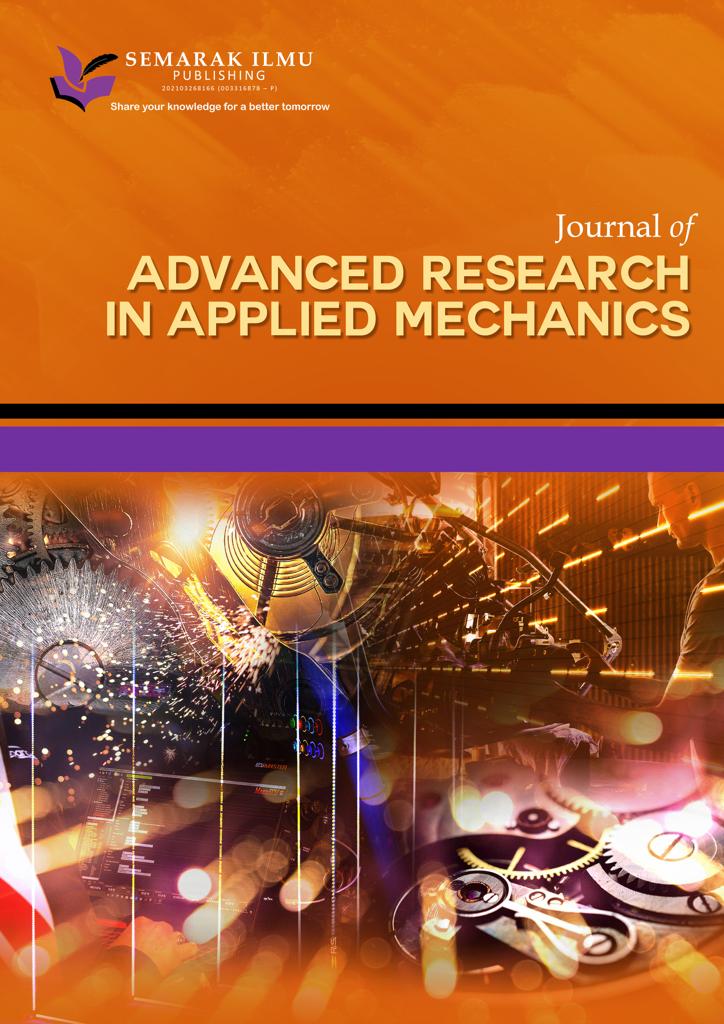Deployment of Design Sequence for Crossflow Turbine Functionality Enhancement
DOI:
https://doi.org/10.37934/arfmts.103.2.118140Keywords:
Crossflow turbine, small hydropower (SHP), renewable energy, runner, hydro turbine designAbstract
The grossly untapped hydro potential in the global south is attributed to the inadequate technical personnel; as one of the main factors limiting the design and manufacturing of efficient small hydropower (SHP) turbine plants. The technical personnel and production facilities available in the global south, especially in sub-Saharan Africa (SSA), cannot support the development of these components sufficiently. The study presents the CFT design process in a clearer and simplified manner. To bridge the technical knowledge gap, the study presents an improved SHP system design procedure through a partly isolated-based design sequence. The entire design process of the SHP turbine, with a focus on crossflow turbine (CFT), was divided into sections, subsections, and parts. The study presents connections between geometry, operation, and functionality of design parameters for CFT components, such as runner, shaft, pulley, and belt graphically and in tabular forms.
Downloads



























